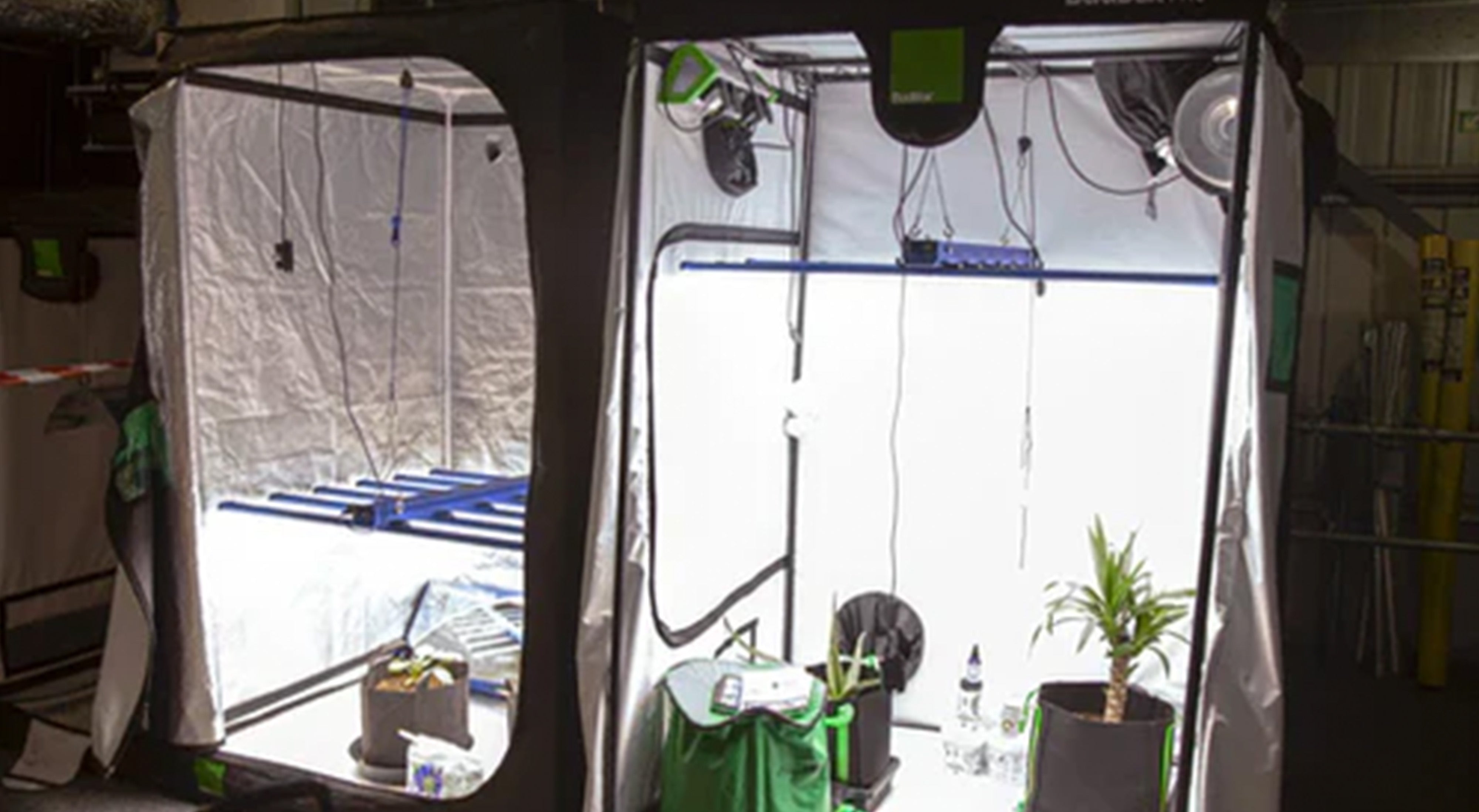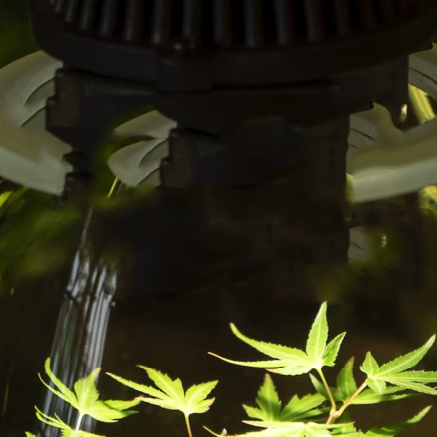Where to Grow?
Every new gardener must decide exactly how much space they are willing to dedicate to their new hobby or business. Some gardeners will have vast amounts of space to play with, and others will have much less available space, perhaps only a few square feet, which they must decide how to use to best effect. It is important to remember that the amount of space that a grower has to use for their garden has a direct impact on the amount of produce they will be able to grow.
While it is always possible to improve growing techniques to produce bigger crops, the size of the garden space will ultimately limit how much can be grown. Even the greatest and most experienced gardeners can only grow so much in any given area!
Grow tent shelving helps make the most of your garden space.
When considering the space that they have, the grower must also decide how to best divide it up in order to give an appropriate amount to each stage of the growing process. If the gardener is going to be growing on an ongoing basis, they will need an area for cuttings, another for vegging plants, and another for holding the plants in the flowering or fruiting stage. Many plants require a specific light cycle to induce flowering/fruiting, which means that vegging plants cannot be grown in the same area as those in the flower/fruiting stage.
Some growers (particularly hobby growers) will not have an ongoing garden. They will simply grow a set of plants from cutting or seed through to harvest but will not have plants at different stages of maturity. This makes life very simple and allows the grower to use whatever space they have for one set of plants. However, once the crop has been harvested, the grower must begin again from cutting or seedling and wait several months before the next crop is ready.
In a continuous garden, the grower must have different areas for growing plants at different stages. As soon as the flowering/fruiting plants have been harvested, the gardener will have plants grown in a separate area ready to be moved into the flowering/fruiting area to begin the flowering/fruiting phase immediately. They will also have cuttings ready in another area to move into the vegging area to grow larger until they are ready to be flowered or fruited. This “production line” approach produces a much more regular crop at the expense of using some of the available growing space for preparing and growing cuttings/seedlings and yet more space for vegging plants.
For the one-off grow type gardener, all of their space can be dedicated to the whole grow from start to finish. However, a continuous production gardener will find that they need to dedicate up to about a sixth of their garden space to cuttings and/or seedlings and up to about a third of their garden space to growing/vegging plants.
Normally, someone looking into starting a garden will already have a good idea of where they plan to set one up and how much space they will have. With a little forethought and planning, the gardener can use this space most effectively and maximise what they finally get out of it. And that is really what it is all about!

